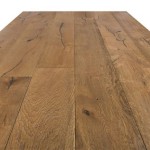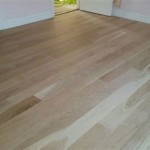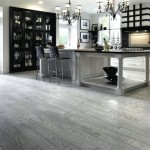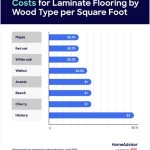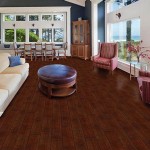Essential Aspects of Waterproof Wood Flooring
In the realm of home design, waterproof wood flooring has emerged as a game-changer, offering a unique blend of style, durability, and ease of maintenance. Its exceptional resistance to moisture and spills makes it an ideal choice for high-traffic areas, bathrooms, kitchens, and even mudrooms. However, understanding the essential aspects of waterproof wood flooring is crucial before making an informed decision.
Types of Waterproof Wood Flooring
Waterproof wood flooring comes in two primary types:
- Solid Waterproof Wood Flooring: Crafted from a single piece of wood, solid waterproof flooring offers exceptional durability and an authentic hardwood appearance. It can be refinished multiple times to restore its original beauty.
- Engineered Waterproof Wood Flooring: Comprised of a core layer sandwiched between a hardwood veneer and a moisture-resistant backing, engineered waterproof flooring combines the look of real wood with enhanced stability and water resistance.
Benefits of Waterproof Wood Flooring
- Water Resistance: Unbeatable protection against spills, water damage, and moisture absorption.
- Durability: Exceptional resistance to scratches, dents, and wear, ensuring longevity and a pristine appearance.
- Easy Maintenance: Effortless cleaning and maintenance, eliminating the need for harsh chemicals or specialized cleaning techniques.
- Hygienic: Moisture resistance inhibits the growth of bacteria and mold, promoting a healthier indoor environment.
- Aesthetic Appeal: Realistic wood grain patterns and rich colors add warmth and character to any space.
Considerations for Waterproof Wood Flooring
Despite its advantages, waterproof wood flooring requires careful consideration:
- Cost: Waterproof wood flooring tends to be more expensive than traditional hardwood flooring.
- Installation: Professional installation is recommended to ensure proper water sealing and prevent future issues.
- Warranty: Choose flooring with a comprehensive warranty that covers both water damage and wear.
- Underlayment: A moisture barrier underlayment is essential to enhance water resistance and prevent moisture penetration.
- Drying Time: Waterproof wood flooring may require a longer drying time after installation, delaying furniture placement.
Choosing the Right Waterproof Wood Flooring
Selecting the ideal waterproof wood flooring involves several factors:
- Purpose: Determine the intended use and traffic level of the area.
- Style: Choose wood species, color, and grain pattern that complement your decor.
- Warranty: Opt for flooring with a long-term warranty that covers both water damage and wear.
- Budget: Consider the total cost of flooring, installation, and any additional materials.
- Professional Installation: Ensure professional installation for optimal performance and longevity.
Waterproof wood flooring is a remarkable innovation that combines the timeless beauty of hardwood with exceptional water resistance. By carefully considering the essential aspects discussed above, homeowners can make an informed decision and enjoy the benefits of this versatile and durable flooring option for years to come.

What Is The Best Way To Waterproof Wood Flooring Esb

The Best Waterproof Flooring Options Inc

Waterproof Laminate Flooring Review Pros And Cons

Waterproof Wood Flooring Engineered Hardwood Raintree Floors

Waterproof Hardwood Makes A Splash Features Floor Covering Weekly

Waterproof Hardwood Flooring The 2024 Guide Floorings

Flooring America Takes A Look At Waterproof Floors Ahead Of The Holidays 2024 11 18 Floor Trends Installation

Wading Through Waterproof Flooring The Good Guys

The Best Waterproof Flooring Options Inc

Gbs Waterproof Hardwood Flooring
Related Posts

